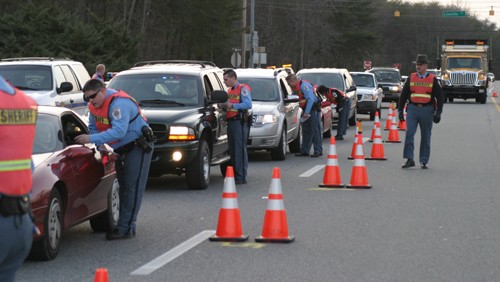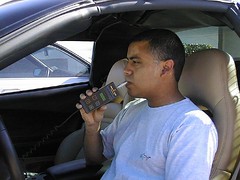Our Supreme Judicial Court has recognized that the legislature could not have intended to make it a crime to drive after unknowingly being “slipped” drugs or alcohol. Where intoxication is an element of a crime, as it is in operating under the influence (OUI / DUI) cases, the government has the burden of proving voluntary intoxication, even where the degree of the intoxication isn’t enough to create a basis for inferring lack of criminal responsibility. As such, Massachusetts defendants in operating under the influence cases can, but rarely do, raise “involuntary intoxication” as a defense. One example of involuntary intoxication would be a situation in which a defendant was compelled against his or her will to ingest alcohol or drugs. Another example would be a situation in which a defendant took prescription medication as instructed but, nevertheless, ended up suffering intoxicating effects.
As a Massachusetts OUI defense attorney, I find the concept of involuntary intoxication interesting in the context of those who suffer from alcoholism. In other words, should alcoholism be a defense or an affirmative defense to drunk-driving charges because the disease renders alcohol consumption involuntary?
Steven S. Nemerson’s Cardozo Law Review article Alcoholism, Intoxication, and the Criminal Law raises several points worth considering. Nemerson asserts, and few would dispute, that alcoholism is a disease. The disease causes those afflicted to lose control when it comes to alcohol consumption. Because alcoholics suffer from an inability to abstain from drinking, drinking is not a voluntary action for those affected by the disease. Still, Nemerson concludes that protecting the safety of innocent persons, even from the morally blameless, is more important and desirable than protecting the rights of those who involuntarily commit crimes. He does, however, think that alcoholism should be an available affirmative defense.
Here in Massachusetts, the standard for lack of criminal responsibility due to a mental disease or defect is set forth in a case named Commonwealth v. McHoul. Our courts hold that neither alcoholism nor drug addiction count as a “disease of defect” which, alone, could trigger McHoul. However, the SJC has said that the government, in the context of OUI cases, has to prove both intoxication and that the intoxication was voluntary, regardless of whether there is a triggering basis for McHoul. This is because proof of intoxication is an express element in drunk-driving cases. Thus, even if alcoholism is not a “disease” for McHoul purposes, it could, presumably, still be something for a jury to consider in assessing whether the government has met its burden of proving that intoxication was voluntary. Such a defense strategy would, still, be very risky, since many might not consider an alcoholic’s consumption of alcohol “involuntary” within the usual sense of the word.
 Massachusetts DUI Lawyer Blog
Massachusetts DUI Lawyer Blog



 A recent article in the Boston Globe got my attention as a
A recent article in the Boston Globe got my attention as a